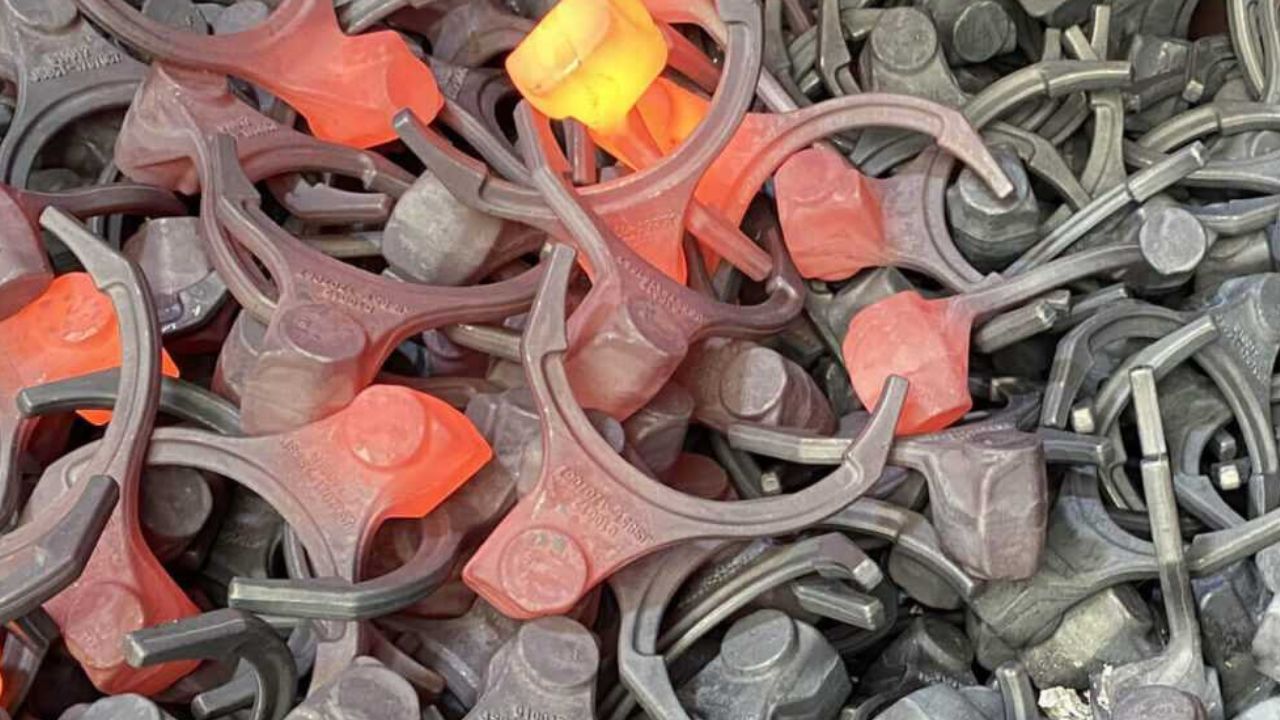The vast majority of metals can be produced and fabricated by forging. Heat waves and compression may impact every metal, consequently, as the process has been evaluated and enhanced, the number of metals has been constantly expanding.
Forging is frequently employed due to the fact that it provides parts that have durable mechanical properties while providing minimal waste. The procedure aims to distort metals into an adequate geometry, leading to metal durability and resilience to fatigue.
However other metals can be forged, carbon, alloyed, and stainless steel are among the most commonly employed metals. Forging has the ability to manufacture a huge number of parts effectively and financially employing any shape of metal. You can visit this homepage to get more about forging as well as how it is done; an instruction manual will appear.
Methodology of the Forging Process
Metal has been molded into a wide range of shapes utilizing the ancient process of forging. Forging has changed as a consequence of advances in technology and the development of new metals, even though it still generally retains its initial layout.
Selection of the Metal
The kind of metal used will have an important effect on the forging method used. While the weight, tensile force, and potential for distortion of metals vary, almost all of them may be forged. Metals which include nickel, cobalt, brass, titanium, aluminum, stainless steel, copper, and charcoal are frequently employed in forging activities.
Forging
The metal influences the kind of contact and compression operation that is utilized. Aluminum, brass, and copper, which are more lightweight and flexible metals, can all be cold forged, but heavier metals need to be heated up first. Whether the procedure is hot or cold, the usage of force with a hammer, mold, or heavy is a crucial element.
Annealing Procedure
The annealing process is an essential stage in the forging process because it alters the physical properties and shape of metal. With the goal to render the metal easier to work with, annealing seeks to boost flexibility and diminish hardness. The metal becomes heated above its recrystallization temperature after annealing and keeps this temperature throughout the working process.
Molding
The metal is shaped, organized, and processed to form the needed formation after it has grown flexible. According to the method selected, this step of the process may include hammering, crushing, molding, squeezing, and bending. Irrespective of the forging technique, the metal is molded into the required design using a number of stress methods.
Hardening
The method chosen determines the strength that the forged component will be. The workpiece gets harder during cold forging, which increases plastic deformation. Hot forging eliminates this by expanding and solidifying the metal through recrystallization.
Tampering
The tempering process hardens the metal. Stress occurs throughout the heating, forming, cooling, and reheating procedures of the tempering procedure. Tempering the metal offers more ductility and reduced brittleness in forged products without affecting hardness. A key component of this hardness includes greater resistance to scratches and wear, which is crucial for parts that will be subjected to challenging conditions and prolonged use.
Final Step
A lot of items produced through forging might be manufactured in other ways. Forging has become popular because the product produced is more durable and resilient than that of other approaches. The finished products are more functional and robust because of their higher impact and shearing resistance.
Sum Up
During the forging process, pressure is introduced to the plastic that causes it to deform into a metal blank, allowing the manufacturing of specified mechanical properties, shapes, and proportions. Even though forging is a very old technique, it continues to play an integral part in the majority of metal manufacturing procedures.

